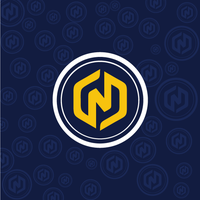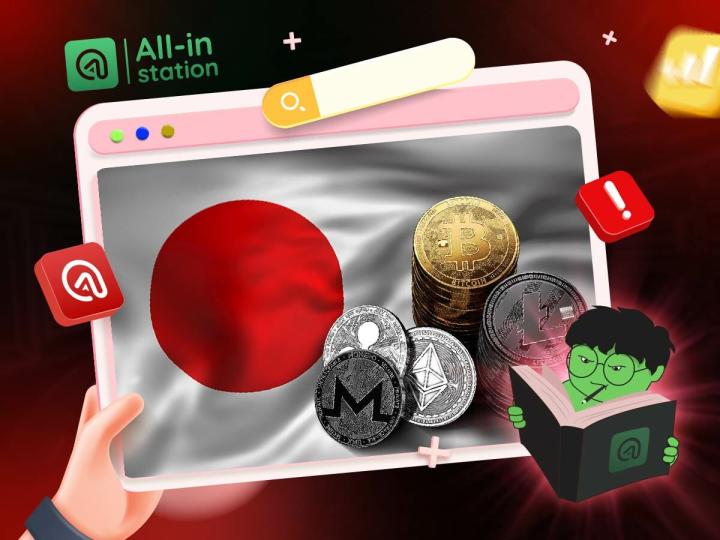
Pi Network has become one of the most talked-about cryptocurrency projects, drawing attention with its mobile mining app, massive global community, and ongoing mainnet rollout. While its token price hovers around $0.34, debates continue about its long-term value, tokenomics, and real-world utility. This article takes a closer look at five important realities about Pi Network — from its community strength to its ecosystem challenges — to help readers better understand where the project stands today.
1. A Large Community With Limited On-Chain Activity
Pi Network’s community size is remarkable compared to many established cryptocurrencies. However, blockchain activity on both the testnet and mainnet remains relatively low, aside from migration transfers. Unlike projects that host vibrant DeFi or NFT ecosystems, Pi currently has limited real-world use cases.
While millions of “Pioneers” interact with the app daily, transactions on-chain are sparse, and developers continue to wait for more clarity on mainnet integrations. This gap highlights the difference between community engagement and practical utility, a contrast that shapes how Pi is perceived in the broader market.
2. The ‘Open Mainnet’ Still Comes With Restrictions
On February 20, 2025, Pi Network announced the launch of its “Open Mainnet.” For many users, this created expectations of free exchange trading. However, Pi coins are not yet listed on major platforms such as Coinbase or Kraken, and transfers remain partially restricted.
The Pi Core Team explains this stage as necessary for completing KYC processes, building ecosystem applications, and testing scalability. While this approach aims to strengthen the project’s foundations, it also leaves users waiting for greater liquidity and broader accessibility.
3. Accessibility Brings Both Opportunities and Risks
A key attraction of Pi Network is that coins can be mined on smartphones without expensive hardware. This has helped the project reach a global audience, including many first-time crypto users.
At the same time, this accessibility creates challenges. Some users have been targeted by scams that exploit weak security practices. Reports of fraudulent wallets and phishing attempts have surfaced, prompting the Pi Core Team to introduce tools like “PassKey” with biometric and PIN-based authentication. These steps underline the balance Pi must maintain between ease of use and user protection.
4. Community Momentum Drives the Project
Pi’s longevity so far is due less to technical innovation and more to the strength of its community. Daily engagement features, referral-based growth, and active social media campaigns have kept interest alive since its early days.
Supporters see this as proof that strong community networks can sustain a project through development phases. Critics argue that long-term growth will require more visible technical progress and ecosystem adoption. Either way, Pi demonstrates the significant role of community-driven momentum in crypto projects.
5. Price Expectations Depend on Long-Term Utility
Many Pioneers hope that Pi will one day reach $10 or higher. At its current price near $0.34, such a target would require a dramatic increase. With a maximum supply of 100 billion tokens, a $10 price would imply a market capitalization of $1 trillion — a level comparable to Bitcoin and Ethereum.
Forecasts vary widely. Some long-term models suggest that Pi could gradually grow in value if exchange listings expand and utility increases. Others caution that without stronger fundamentals, such valuations may be difficult to sustain. For now, Pi’s price outlook remains closely tied to how the project develops its ecosystem in the years ahead.
Conclusion
Pi Network stands out as a project with one of the largest user bases in crypto, yet also with some of the biggest unanswered questions. Its mobile-first model has successfully attracted millions, but limited on-chain activity, restricted mainnet functionality, and uncertainty around token liquidity continue to shape its path forward.
Whether Pi’s social capital can translate into long-term adoption and utility remains to be seen. For now, it offers a case study in how community engagement can drive visibility — while leaving open the question of what comes next.






